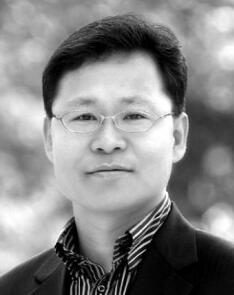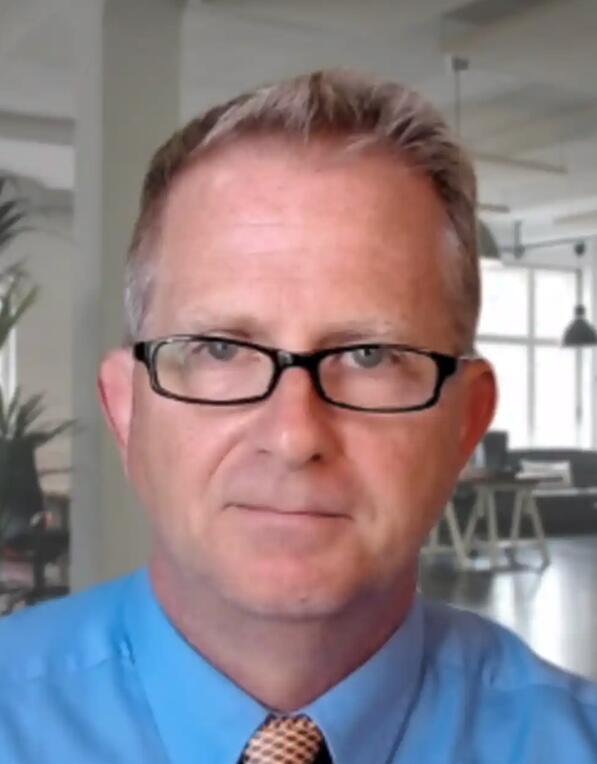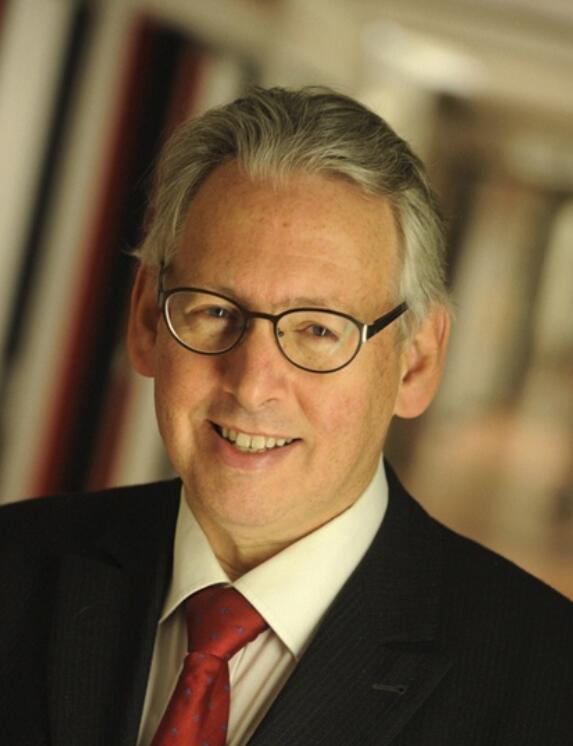
Dr. Yungcheol Byun is a full professor at the Computer Engineering
Department (CE) at Jeju National University (http://www.jejunu.ac.kr). His
research interests include the areas of Pattern Recognition & Image
Processing, Artificial Intelligence & Machine Learning, Pattern-based
Security, Home Network and Ubiquitous Computing, u-Healthcare, and RFID &
IoT Middleware System. He directs the Machine Laboratory at the CE
department. Recently, he studied at University of Florida as a visiting
professor from 2012 to 2014. He is currently serving as a director of
Information Science Technology Institute, and other academic societies.
Outside of his research activities, Dr. Byun has been hosting international
conferences including CNSI (Computer, Network, Systems, and Industrial
Engineering), ICESI (Electric Vehicle, Smart Grid, and Information
Technology), and serving as a conference and workshop chair, program chair,
and session chair in various kinds of international conferences and
workshops. Dr. Byun was born in Jeju, Korea, and received his Ph.D. and MS
from Yonsei University (http://www.yonsei.ac.kr) in 1995 and 2001
respectively, and BS from Jeju National University in 1993. Before joining
Jeju National University, he worked as a special lecturer in SAMSUNG
Electronics (http://www.samsung.com) in 2000 and 2001. From 2001 to 2003, he
was a senior researcher of Electronics and Telecommunications Research
Institute (ETRI, https://etri.re.kr/eng/main/main.etri). He was promoted to
join Jeju National University as an assistant professor in 2003.
A Renewable Energy Research Strategy for Carbon Free Island Jeju: CFI2030
Abstract: Renewable energy such as solar and wind power is difficult to accurately predict and control, and output volatility, discontinuity, and dispersion are severe. This has negative impacts and additional costs on the existing power grid. In particular, the amount of electricity obtained by adding renewable energy to the existing load power exceeds the demand for electricity, and therefore renewable energy power curtailment is inevitable. As a result, social costs and problems arise. Lots of efforts have been made to keep the global temperature rise within 1.5℃ by 2100 and to respond to climate change actively. An unlimited competition for carbon neutrality and carbon initiatives to reduce global catastrophes in various aspects such as biodiversity, human health, economic growth, etc. has begun. Including Korea, many countries such as the United States and the European Union are fully adjusting the energy structure centered on renewable energy and innovating the industry. The whole world is struggling hard to overcome the current difficulties caused by the current uncertain economy, Corona, and war. Meanwhile, since 2012, Jeju has been promoting the Carbon-Free Island Jeju (CFI 2030) plan using Jeju's abundant wind and solar resources. A significant portion of energy demand is supplied by renewable energy, and 70% of all vehicles are replaced by electric vehicles. By improving energy efficiency and fostering New Energy Convergence Industries, Jeju's greenhouse gas emissions will be drastically reduced. As a result of 10 years of effort, Jeju achieved a share of 18.2% of renewable energy in energy demand. This means Jeju is in the 3rd phase of renewable energy development defined by the IEA. However, due to curtailment that occurs when demand falls short of supply, the spread of renewable energy has reached a significant crossroads in Jeju. This study proposes a method using +DR, VPP, Distributed Energy, and Microgrid Platform as a strategy to solve the problems currently occurring in Jeju.

Charles B. Hodges, Ph.D. is a Professor of Instructional Technology at Georgia Southern University in Statesboro, GA. He was formerly a faculty member at Virginia Tech. Dr. Hodges earned his B.S. and M.S. degrees in Mathematics from Fairmont State University and West Virginia University respectively, followed by a Ph.D. in Curriculum and Instruction focusing on Instructional Design and Technology from the School of Education at Virginia Tech. He has been Editor-in-Chief of the AECT journal, TechTrends since 2014, and he is the co-editor of the book Emerging Research, Practice, and Policy on Computational Thinking (2017) published by Springer, as well as editor of the book Self-Efficacy in Instructional Technology Contexts (2018) also published by Springer. He is co-Principal Investigator on the National Science Foundation funded project, Developing and Piloting a Game Design-Based Computer Science Curriculum.
The Adjacent Possible: Thoughts on ICT in (Higher)
Education After the COVID-19 Pandemic
Abstract: As educators try to adapt to a year or more of emergency
remote teaching and other disruptions to their personal and professional
lives since the start of the COVID-19 pandemic, many are pushing for a
return to "normal". But can we go back? Biologist Stuart Kauffman introduced
the idea of the adjacent possible in 2002. Later, Steven Johnson built on
this idea of the adjacent possible describing innovation as the natural
movement toward change based on where we need to go. Johnson suggested that
new ideas are "built out of a collection of existing parts, the composition
of which expands (and, occasionally, contracts) over time." What are some
possibilities for ICT in education post pandemic? Also, what types of
institutions of higher education are ready for these new possibilities?
Rogers’ (2003) work on the diffusion of innovations offers the following
stages of innovation within an organization: agenda setting, matching,
redefining and restructuring, clarifying, and routinizing. In the agenda
setting phase their general problems are identified for which some
innovation may be a solution. Matching refers to the process of finding an
innovation to the problem. During the redefining and restructuring phase the
innovation is refined, tweaked, etc., and the the organization makes
accommodations for the innovation through changes like making new policies
or revising existing ones, restructuring, etc. Clarifying is the process of
further refinement of the relationship between the innovation and the
organization. Finally, during routinizing the innovation is assimilated into
the organization. The COVID-19 pandemic rushed much of higher education
through the agenda setting, and matching phases. We appear to now be in the
mix of the redefining and restructuring and clarifying phases. The
institutions that have already reached Roger's routinizing, and those that
are now doing the hard work of redefining and restructuring and clarifying
based on their pandemic-accelerated experiences, and thus are on their way
to routinizing, will likely see good returns on their work moving forward.
Institutions clinging to pre-pandemic operations regarding their delivery
modes will likely find that their faculty and students want something
different now.

Piet Kommers is pioneer in media education and leader of NATO Advanced Research Workshops on Cognitive Learning Tools. UNESCO professor and scientific leader with extensive experience in educational technology and social media. " .... Media prove to be instrumental to emancipation, equity and societal evolution: the smart phone, virtual reality, interactive video, hypermedia, expert systems, modelling and simulations." He is Ph.D. holder in Educational- and Media Design, with a Master in Pedagogy and a Bachelor degree in Teacher Education. Received the prestigious academic award for innovative ‘Experimental Design’ and was offered a research position in collaborative group problem solving wherein he designed the ‘Concise Urban Planning Task’. Long-term experience at management level coupled with a strategic appreciation and vision. Methodical in evaluation and systematic implementation. A strong work ethic with a high level of personal integrity (leading by example); able to create trust in teams.
Integrating Science, Technology, Engineering and Mathematics for the coming more Complex Society and Economy
Abstract: How can we arrange more effective "continuous professional development" trainings for our ever more complex societies and higher demands for creative problem solvers on the labour market? Before we enter the new attempts for STEM and STEAM (also Arts and Mathematics) it will be good to be aware that ‘thematically-organized’ education as surpluses to regular subject-matter organized courses was already applied in the late 70ies (Jerome Bruner) and plead for spiral curricula etc. Its main goal was to let teachers actively think about the larger patterns of how learning rests upon earlier topics and earlier thinking skills. However, STEM now has a more precise role: Encourage both teachers and students to learn in a more active way. Simply learning facts, rules and procedures is seen as too weak for deeper understanding, and thus weak for later problem solving and meta-cognitive awareness. In other words: STEM needs a whole spectrum of teaching/learning attitudes before it pays back the efforts of doing so. In this keynote the request for a clearer notion of how to guide student inquiry, didactic dialogues, and critical thinking. ‘What types of critical thinking’ can be discerned? Does Socratic Questioning help to make learners more reflective? Or is it better to directly jump to the full approach of PBL (Problem-Based Learning)? The advocates of PBL are convinced that real learning can only emerge when the student feels an existential drive to master certain knowledge and skills in order to improve a part of the world and thus ‘becoming who you want to be’. As result of this keynote, you will be ready to envisage the more complete landscape of educational paradigms that allow you and your colleagues to integrate elements of STEM in your curricula and in-service teacher training. The wider paradigm context of this keynote has been addressed in his recent book “Sources for a Better Education”.